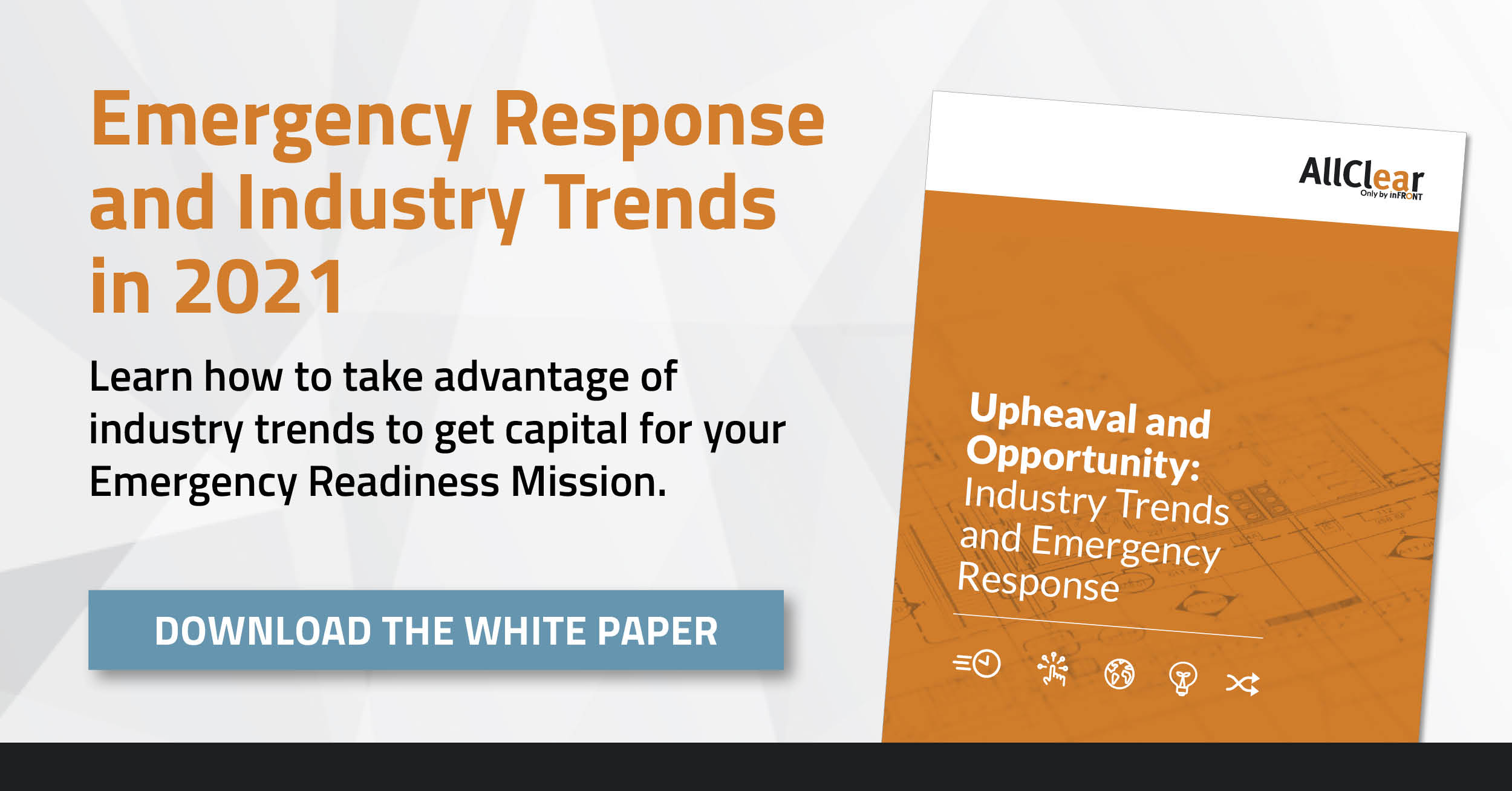Let’s take a look at four areas in a production facility where actionable data and from digital transformation is making a profound difference in a site’s emergency readiness and response. First, personnel at risk. One of the aspects that data can provide to us is granularity. An analog process lacks the ability to segment the facility into logical areas that define differing hazard levels or operational boundaries in a way that’s usable for decision-making for emergency response. In other words, they lack the ability to provide actionable data that is granular.
For example, many of us are familiar with the venerable unit sign-in sheet, the default for decades, totally analog, probable illegible, frequently out of date and difficult for the response team to access and use to maintain their readiness. Originally intended as a granular review of personnel in an area before technology was even available, it exists today as the flawed, outdated incumbent providing only really marginal value for readiness. Digitizing this process creates a trustworthy resource of information in real-time within the reach of all stakeholders, and it creates a valuable digital archive of information about historical activity in the unit.
Taking it a step further, a digital process enables better control of risk in high hazard areas by verifying that personnel are qualified to enter production areas or confined spaces. For example, refineries with alky units have traditionally relied upon a visual inspection of badges worn by operators to determine if they’re qualified to enter. This has yawning gaps that creates a real safety vulnerability. Digitizing the qualifications enables proactive notifications when someone lacks the proper training to be in the unit. Finally, there’s a great business case to go along with enhanced readiness.
Knowing who’s in a production unit in real-time, in a granular way, permits a site to respond to an incident in that unit in a targeted localized manner. Evacuating personnel while allowing the rest of the site to continue operations while the incident is contained in the involved unit. The productivity savings type of targeted emergency readiness and response can justify the investment several times over with just one incident. Managing ERT resources on site is also ripe for digitization. To be truly ready, the site must always maintain a team of trained responders. In most cases, this is done with a static roster that becomes out of date soon after it is created at the start of the shift.
Through the application of off-the-shelf technology, the site can maintain a real-time roster, so that short staff conditions can be addressed proactively and thereby improve the site’s readiness over time. A good example is the minimum requirement for qualified confined space rescue personnel for safe operations. The exposure for falling shortness area is significant. As most sites still maintain stale manual lists. It’s also worth pointing out that automating this process saves a significant amount of time normally spent creating and maintaining a manual roster. Another venerable process is the brass tag method for accounting for emergency responders in the hot zone.
While it’s been a valuable and reliable method for accountability of personnel on scene. Its very nature limits its value. Only the on-scene personnel can know whose brass is missing. That’s it. In addition to distributing this data to remote stakeholders and participants, digitizing it can make a slate of highly valuable data available to roles that support incident command. Like people who monitor lapse time on-air, lapse time in rehab, imagery, and qualifications to name just a few. Finally, since emergency readiness and response is designed to protect large numbers of people on site.
Digitizing, traditionally list-driven processes like mustering opens the door to the power of data visualization that makes the response team’s job much easier. Going back to one of the requirements of actionable data, it must be intuitive in detail. When mustering a typical site, an onsite report might be detailed, but it certainly is not intuitive or agile managing an event. Through real-time software that’s designed to visualize large volumes of data and facilitate collaboration, decision-makers can monitor the data graphically and drill into detail when they need to.

